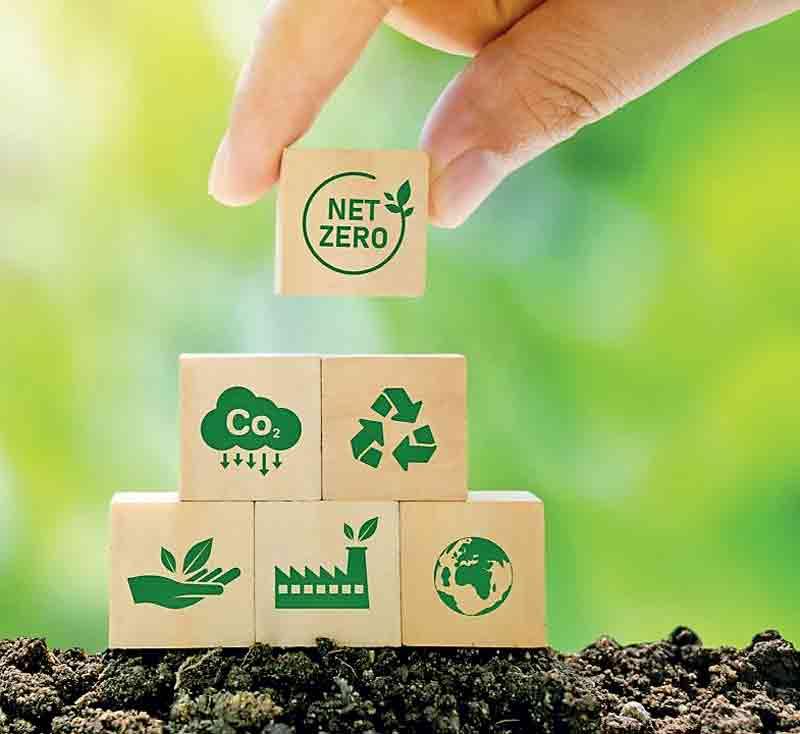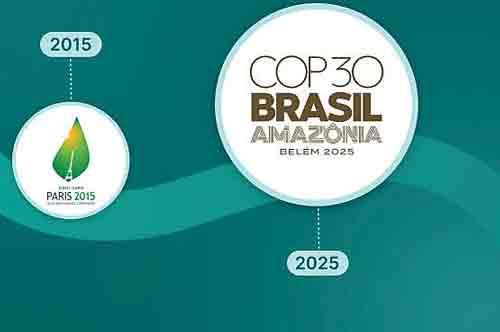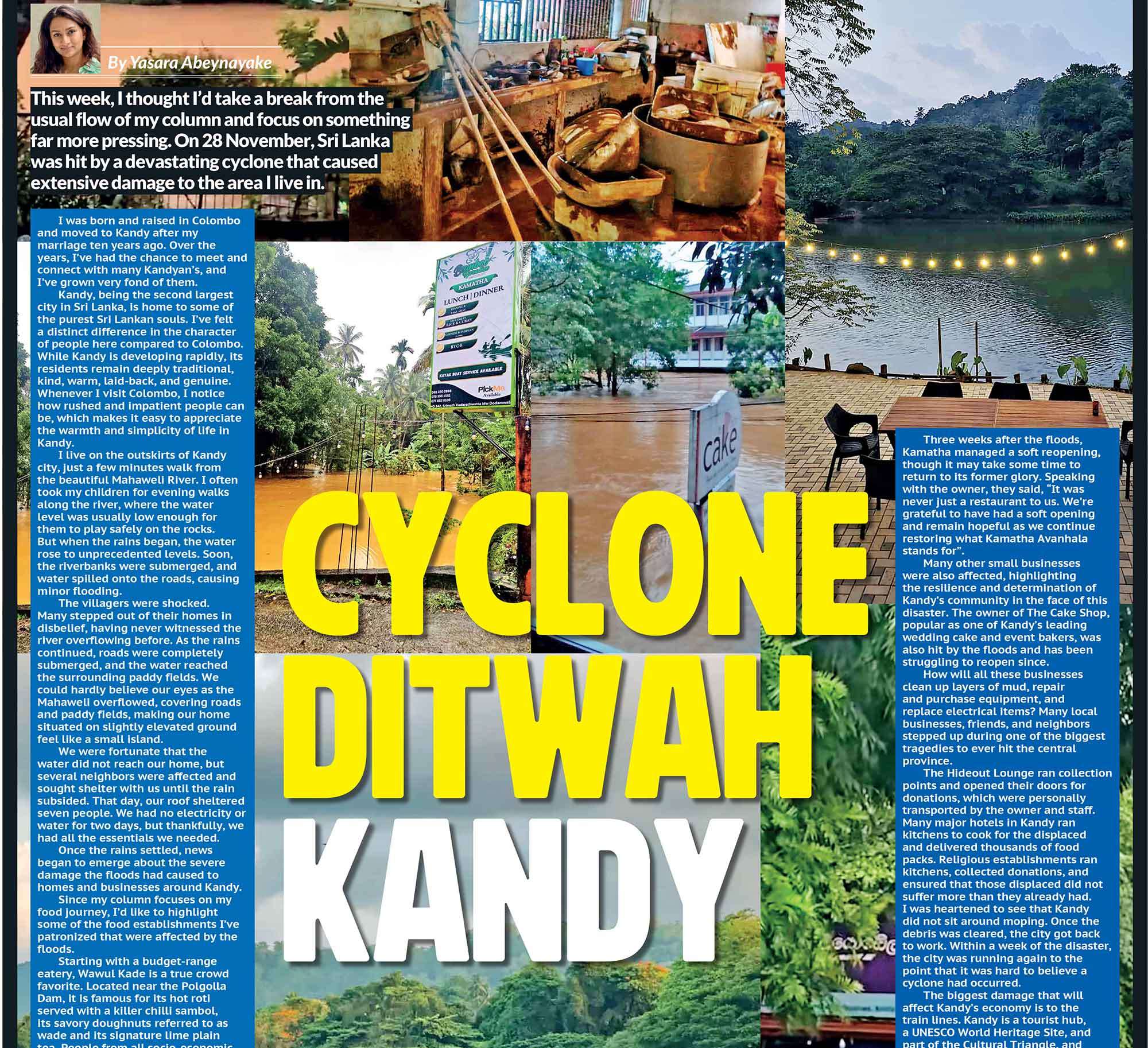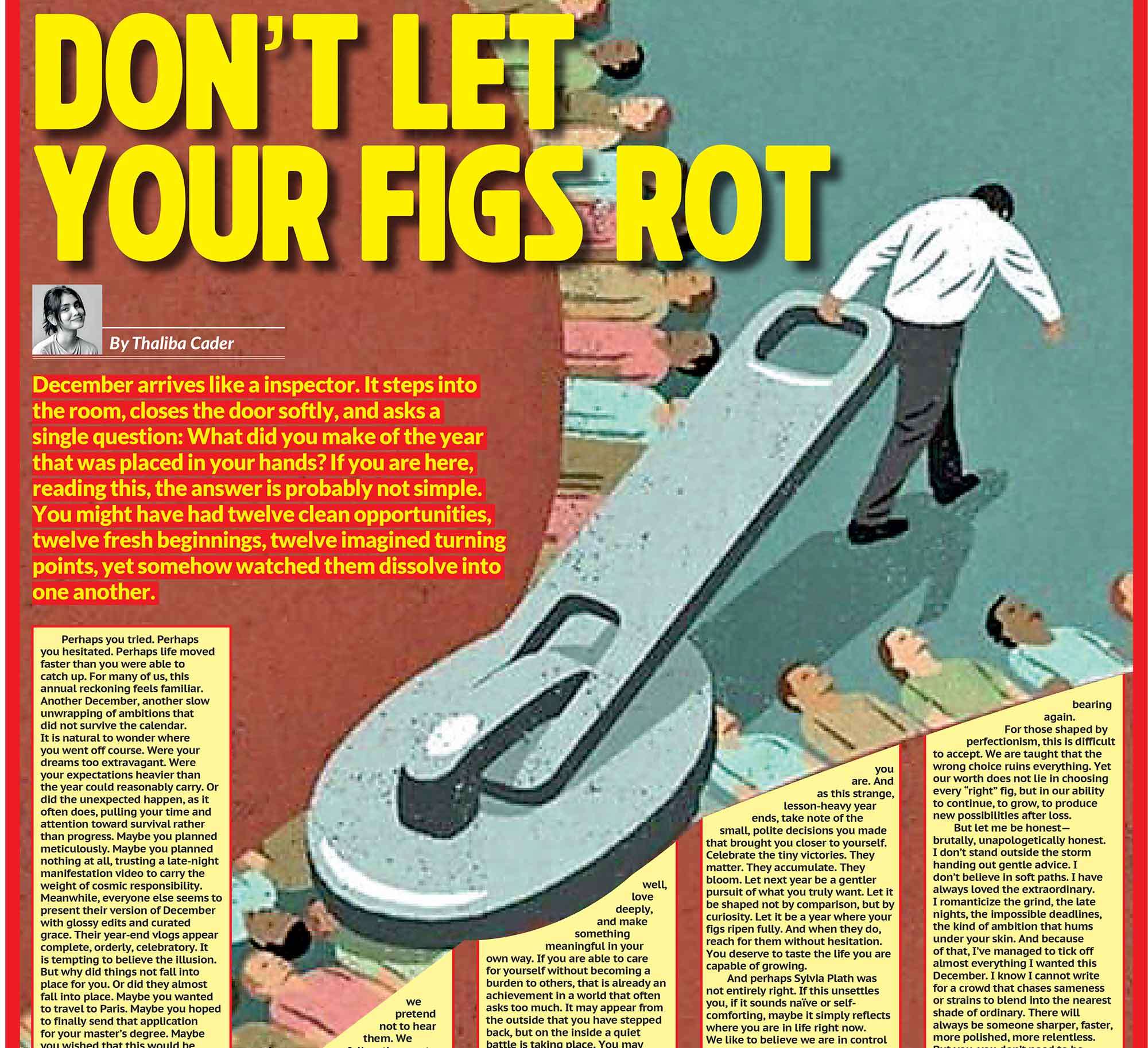
In our previous three parts, we explored climate finance, diplomatic strategy, and practical resilience. In this final installment, we turn to technology’s role in sustainability, the importance of indigenous wisdom, generational responsibility, and what still gives us reason to hope.
Technology, AI, and the Sustainability Paradox
 Q: There’s growing concern that AI, while aiding sustainability, is itself energy-intensive. Some even joke that thanking ChatGPT is like “cutting down trees.” What’s your take on this paradox?
Q: There’s growing concern that AI, while aiding sustainability, is itself energy-intensive. Some even joke that thanking ChatGPT is like “cutting down trees.” What’s your take on this paradox?
AI, blockchain, and crypto consume immense energy. Energy comes from two sources: fossil and renewable. The good news is that the cost of renewables is falling while adoption rises globally. In the UK, for example, coal plants have now shut down entirely. Countries are shifting to renewables not only because it’s right but because it makes business sense.
AI’s computing power demands energy, but the real issue is what kind of energy it uses. If it’s renewable, nuclear, or hydrogen-based, that’s positive; if fossil fuels dominate, the environmental cost grows. The world is moving toward hybrid systems integrating solar, wind, hydro, and hydrogen at micro and mid-levels so that even small towns and factories can access clean power.
If the growth of renewable energy keeps pace with AI’s energy demand, the balance works. But if fossil fuel use remains high while AI expands, it could become disastrous for ecosystems.
Q: Should there be transparency standards for AI’s environmental footprint?
Yes, though it’s still early. We face many climate “battles,” and data on AI’s energy use is only emerging. Still, this one is vital to understand. The renewable transition must outpace fossil reliance for AI to grow responsibly.
Even data centers are going green. These hubs consume most of the energy and water in digital operations. Today, technology already exists to calculate how much power a single ChatGPT query uses, and even determine whether that power came from renewable or fossil sources.
Large exporters now face requirements to disclose their energy mix across supply chains. A Sri Lankan manufacturer using a global cloud provider, for instance, may soon have to report whether its hosting energy is renewable. This trend toward mandatory reporting is expanding, demanding disclosure of each technology’s energy source and ecological impact.

Q: Many businesses call themselves “AI-powered” and “100% sustainable.” Is that achievable, or just marketing spin?
It’s often an irony. Everyone loves the sustainability label. Take electric vehicles, for example. But what happens to the batteries afterward? How are the mined minerals replaced or recycled? True sustainability requires full-cycle accountability.
In regions powered mostly by renewables, such as the Nordics, carbon-neutral digital systems are achievable. But in energy-mix regions like the UAE or US, complete sustainability is far harder. The larger issue lies in verification.
A decade ago, green claims were hard to audit; now, technology makes everything trackable. If a company pledges to be carbon-neutral by 2028 and truly measures its energy, water, and biodiversity impacts, that’s credible. But empty promises collapse under scrutiny.
The takeaway: never make a claim you can’t prove. Genuine sustainability yields tangible ROI; stronger brand value, higher valuations, and easier access to capital. Empty slogans do the opposite; they erode trust.
Indigenous Wisdom in a Modern World
Q: How does indigenous wisdom fit into modern climate solutions for countries like Sri Lanka, and how can awareness grow at the community level?
Indigenous wisdom is essential. In today’s tech-driven age, we forget that traditional systems already practiced what we now label “sustainability.” In Sri Lanka, environmental and social stewardship are woven into cultural life, a kind of sustainability DNA.
Industrialization and globalization have strained that balance, leaving climate-vulnerable nations like Sri Lanka, Pakistan, and small island states exposed. To rebuild resilience, awareness must return to the community level, not just through media campaigns.
Awareness differs across socioeconomic groups: higher-income communities are more informed and adaptive, while low-income segments often prioritize cost over climate. That’s why messaging must be localized; rooted in local dialects, examples, and daily realities instead of distant global references. When sustainability is linked to health, safety, and livelihoods, it becomes real.
Media organizations play a critical role in this. By fostering grassroots conversations and storytelling, they can both educate and attract partnerships that support meaningful, community-driven change.

Q: You’ve written about climate issues in Urdu. Why did you choose that, and what response did it receive?
I usually write in outlets like Financial Times, but I began writing about climate in Urdu for Independent Urdu, focusing on climate-vulnerable regions in their own languages and rituals. The response was overwhelming.
People living in mountain or flood-prone regions; who’ve endured these conditions for centuries, now say, “We don’t understand what’s happening; this scale is new.” Their traditional knowledge can’t keep up with the intensity of recent disasters.
That’s why new knowledge must be embedded in local language and culture, through community groups and regional media. This approach is still underused, but it’s crucial for connecting science with lived experience.
Generational Responsibility and Hope
Q: If current trends continue, what might Sri Lanka look like by 2035? Which regions and sectors will be most affected, and how should we prepare?
If current trends persist, Sri Lanka faces a stark reality by 2035, roughly 1°C hotter than today, with more frequent extreme-heat days. The heat index could exceed 35°C for months at a time.
Impacts: outdoor workers, schoolchildren, and farmers will bear the brunt. Coastal zones will see erosion and saltwater intrusion. The northern and eastern dry zones will endure longer droughts, while wetter regions face heavier monsoons, urban flooding, and landslides.
Sector impacts
- Agriculture in Anuradhapura and Vavuniya may see crop failures without improved irrigation.
- Fisheries will confront altered monsoons and shifting fish migrations.
- Tourism, especially coastal resorts, risks storm damage and coral bleaching.
- Urban informal workers; construction laborers, vendors will face heat stress and flood disruptions.

What to do now: strengthen water management in drought areas, expand micro-irrigation, upgrade urban drainage and early-warning systems, and plan relocation for high-risk coastal zones. The hopeful note: there’s still time this decade to adapt. But regions like Jaffna’s aquifers and the hill-country slopes will need urgent attention.
Q: Many activists feel demoralized by unmet promises. What examples show that persistence actually works?
It’s natural to feel weary, but persistence has delivered major wins. The Loss and Damage Fund, demanded since the 1990s, was finally approved at COP27, proof that long-term advocacy works.
The fossil-fuel divestment movement grew from a fringe idea to over 1,600 institutions managing $40 trillion in assets. The Montreal Protocol remains a global success story in reversing ozone depletion. And youth activism, amplified by Greta Thunberg, helped drive net-zero commitments across Europe.
In Sri Lanka, years of community campaigning for mangrove protection now underpin a UN-recognized restoration effort.
The lesson: progress is measured in years, not days. Every major climate milestone, from the Paris Agreement to Loss and Damage, seemed impossible until persistence made it inevitable.
One Concrete Action
Q: What single action, not just awareness, should every reader take to support Sri Lanka’s climate resilience?
Take one tangible step in your own sphere. Organize a local fix: clear a blocked drain that floods your street, plant mangroves or trees, or start a monthly community clean-up. In many Sri Lankan villages, volunteer mangrove planting has already improved fish stocks and storm protection.
At work, propose solar water heating or carpool programs. In schools, form eco-clubs to run energy audits. Communities can model waste segregation or rainwater harvesting, learning from regional examples like Pakistan’s Suthra Punjab.
Resilience isn’t theoretical, it’s actionable and local. Pick one nearby issue, fix it collaboratively, and replicate the model elsewhere. Grassroots doing, not talk, builds the real movement.

Closing Reflections
As the conversation concluded, Khan returned to where it began, Sri Lanka itself.
“Sri Lanka is home. I was recently there, met your ministers; young, capable leaders, and saw how the country is emerging from economic hardship. It’s a case study.”
From Colombo to Hambantota, his visits to factories and fisheries revealed steady progress:
“Your green taxonomy exists, banking guidelines are in place, and ESG reporting is advancing. Sri Lanka is actually a model country and should be positioned that way.”
With COP30’s theme of “Show us how it’s done,” his message is clear: vulnerable nations like Sri Lanka aren’t merely victims, they’re laboratories of resilience. They blend technology with tradition and can lead by example.
“There’s money available,” Khan explains, “but to use it effectively, governance frameworks, taxonomies, and reporting systems must be in place. Now they largely are. The next step is ensuring businesses and communities can report performance with data and evidence.”
This is where technology meets tradition, where AI empowers small enterprises once reliant on consultants, and where indigenous wisdom gains new validation through modern data.
Climate change may be the defining challenge of our time, but it doesn’t have to define us as helpless. From factory floors to fishing harbors, from local councils to community gardens, every action toward resilience compounds. COP30 will be important, but what Sri Lankans do before and after it matters even more.
As Khan reminds us in parting: “Resilience isn’t built in conference rooms. It’s built one street, one drain, one idea at a time.”












